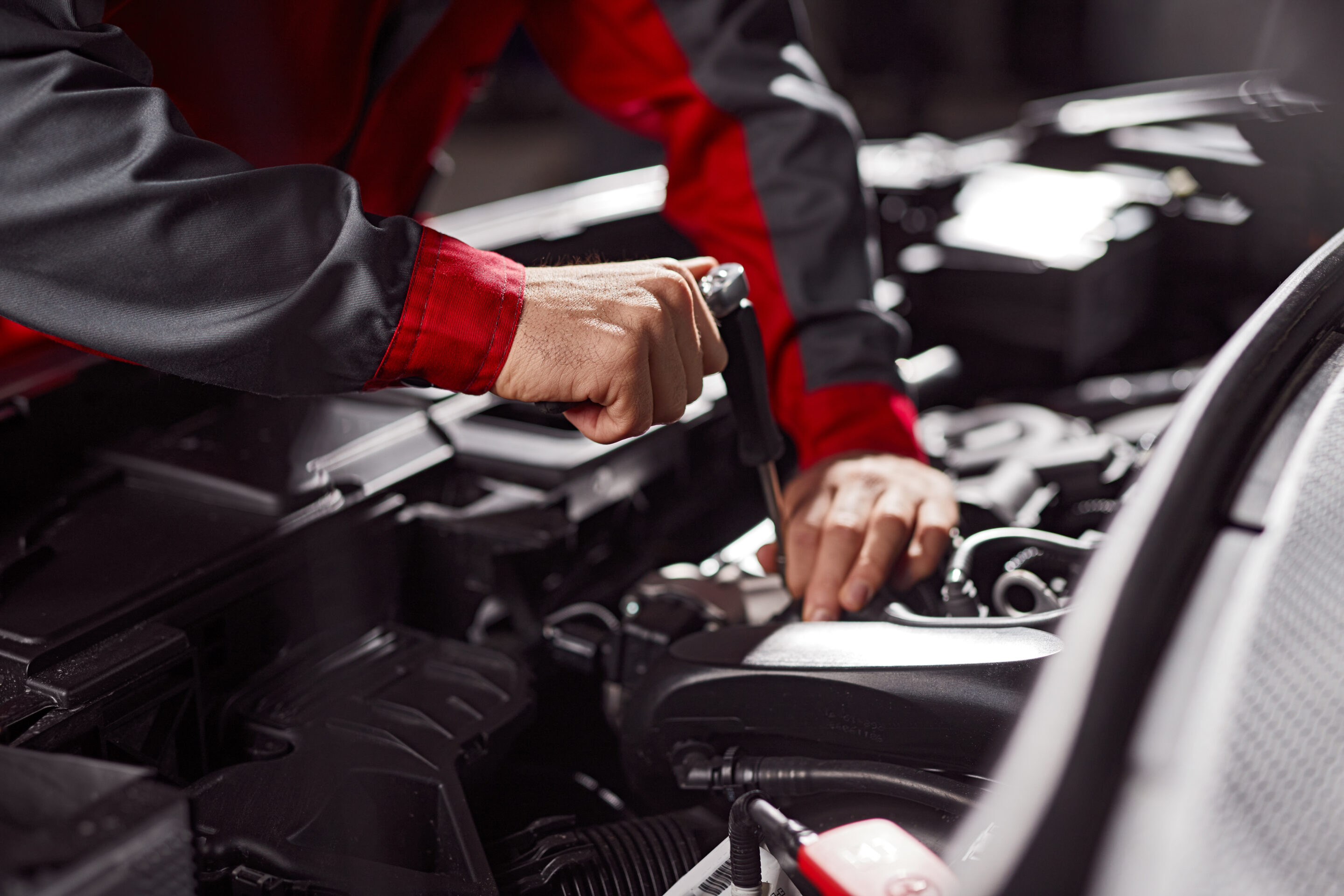Over 4,500 dealerships closed their doors in the past 10 years. That means there are 4,500 fewer service departments, 9,000 fewer service advisors, 30,000 fewer technicians and 40,000 fewer service bays.
(Time out: I know this sounds depressing at first glance. I personally know some dealers who have gut-wrenching stories of being done wrong and, quite frankly, I know just as many stories of dealers who ran a lousy operation and needed to be sent packing. In the midst of the closures, lives were disrupted and fortunes were lost, yet the industry survived and there are good days ahead.)
Dealerships weren’t the only ones who experienced a thinning of the herd. The aftermarket suffered too, having lost almost 12,000 service centers since 2001. (See the graphic for details.)
Despite this combined loss of dealerships and independent garages, the vehicle population on the road has greatly increased from 216 million in 2001 to 248 million in 2011. So many cars, so few shops.
It doesn’t take a Ph.D. in economics to understand supply and demand. When there is a limited supply (of shops) and a large demand (of vehicles), well, that’s a very good thing! Therefore, the opportunity for having a wildly profitable service department has never been greater. The opportunity for having record traffic counts on the drive has never been better.
Given the situation, it is reasonable to conclude that fixed ops net profits would be on the rise, right? In reality, they’re dropping! According to the 2012 NADA Data report, parts and service net profits were down for the third year in a row.
There is just no excuse for that. I don’t mean to sound heartless, but for goodness sake, it’s time to get serious about seizing the opportunity that has opened up for parts and service operations all across the nation. All the experts agree that billions of dollars of unperformed maintenance services are left on the table every year. The main reason that the revenue was lost: the dealership didn’t ask! Tragic.
I can tell you for a fact that American consumers are buying preventive maintenance services, they are willing to preserve their automotive investment and they are realizing that maintenance is cheaper than repair. However, the dealership must educate the customers and ask them to buy.
To illustrate the point, I am very familiar with two domestic dealerships in the southwestern U.S. Both are located in the same rural community about three miles apart. One service department has sold five maintenance services in the last 60 days and the other has sold five maintenance services per day for the last 60 days.
They have the same zip code, the same socio-economic clientele, the same number of techs, etc. So what’s the difference? Management at one dealership holds the techs and advisors accountable to sell service. The other one doesn’t. One dealership complains how slow it is on the drive and says nobody is spending any money. The other dealership has also seen a decline in traffic count, but an increase in revenue. (In other words, they are selling more labor hours with less cars.) One dealership embraces training and attends frequent service advisor workshops. The personnel at the other dealership wear an “I-know-it-all-already” smirk on their faces. I’m talking about a smugness that runs from the service manager on down.
The wisdom of the one dealership and the stupidity of the other is so obvious that I’m sure you get my point…so let’s move on.
Going back to the graph, there is another harsh reality that jumps out at you as you study the statistics: independents outnumber dealerships by over 13 to 1. For every dealership, there are 13 independent garages, fast lubes, and tire stores (17,420 dealerships vs. 211,363 independents).
Dealerships that are selling maintenance services are not losing their customers to the aftermarket, not even customers with high-mileage vehicles. Let me be clear: independent service centers are not stealing your customers. If you’re not proactively selling maintenance, then you are literally chasing customers into the waiting arms of independent garages.
The aftermarket is not your enemy. There are enough cars on the road and enough unperformed service dollars left on the table each year that everyone has growth opportunities—dealerships and independents. Don’t let your service personnel fall into the trap of complaining about the competition, thus using it as an excuse for poor performance. Tell them it’s time to stop whining; it’s time to “man-up” and it’s time to ask for the maintenance dollars.
Remember, my friends, with the vehicle population on the rise and places to have them serviced on the decline, it is without a doubt the greatest opportunity the automotive industry has ever seen!
Speaking of great opportunities, don’t neglect to let your voice be heard at the ballot box. We are just a couple of weeks away from the most critical election of our lifetime. Be sure to encourage your employees to vote on November 6, it’s so important for us all to get in the game.








